Can Native Americans Grow Beards? The Truth About Genetics and Facial Hair
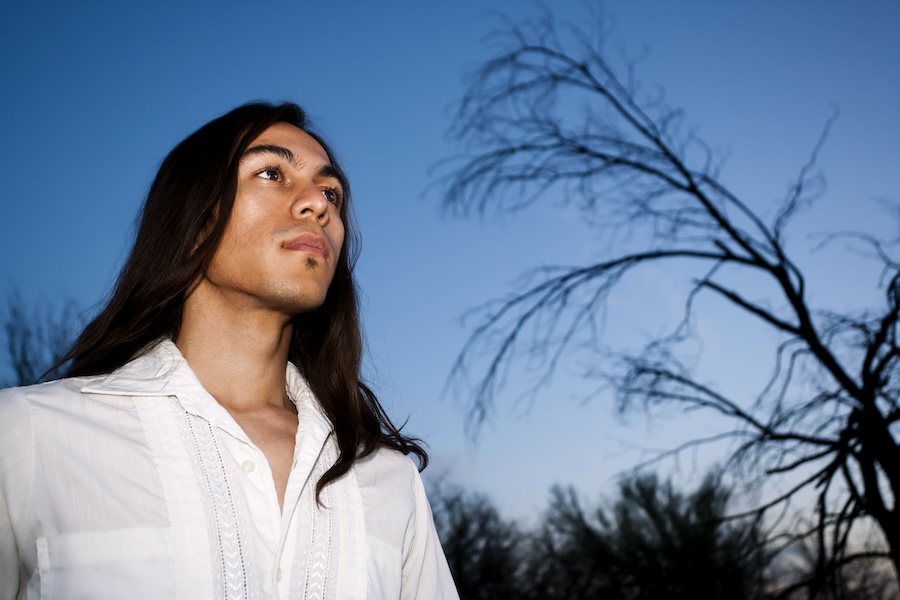
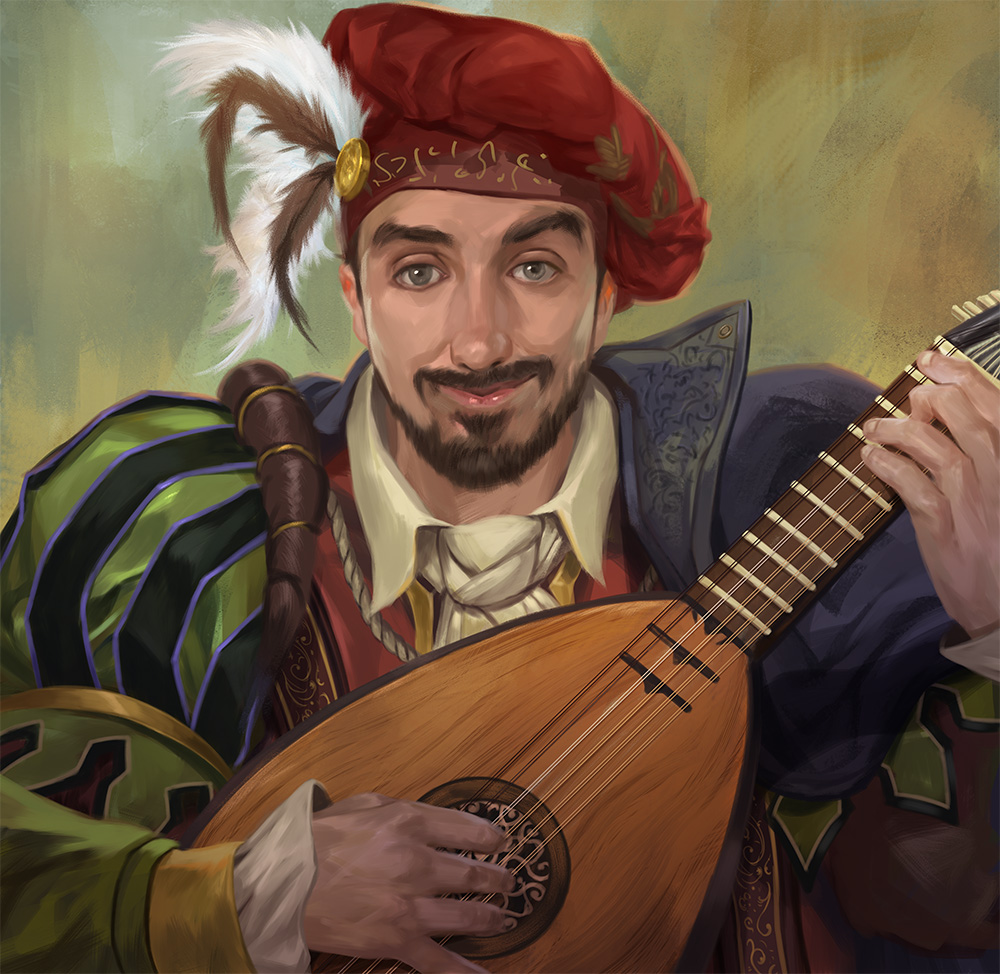 Joe Nightingale, MBBS, MSc
Joe Nightingale, MBBS, MSc

Nobody can say Native Americans aren’t masculine. Try picturing a Comanche warrior riding towards you, rifle aimed precise and true. Or an Apache guerrilla fight armed with an axe and spear. Or the Lakota Sioux, whose wise and fierce leaders like Sitting Bull and Crazy Horse have become the stuff of legend.
And yet, there’s not a whisker in sight. A Native American beard is almost unheard of and not a major part of the culture. In contrast to Europeans and Africans, where beards or mustaches frequently occurred throughout history.
Why is this? And can Native Americans grow beards?
Can Native Americans Grow Beards?
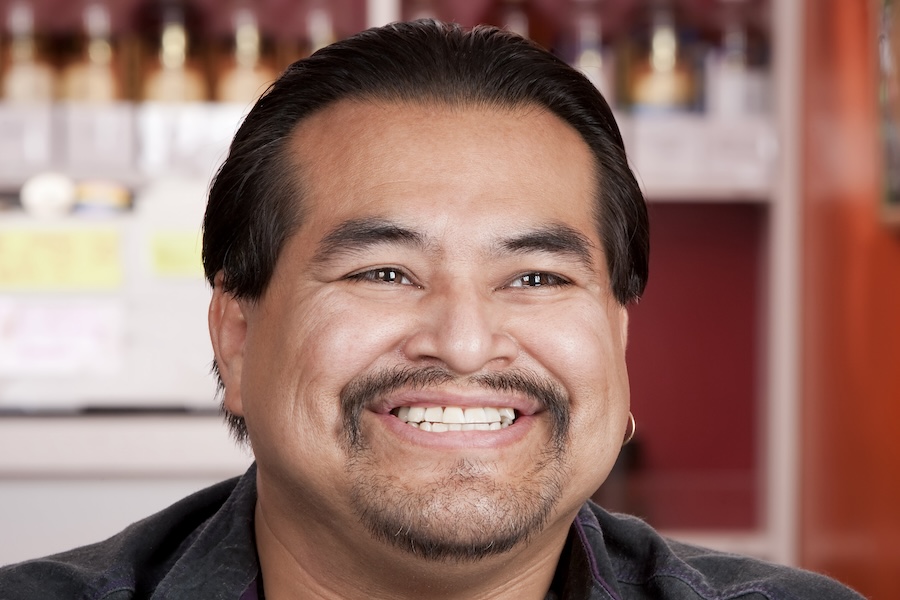
In short, yes.
Native Americans can grow beards. However, the hair is typically finer and less dense than that of people of European, African, Middle Eastern, or South Asian ancestry.
Facial hair is a byproduct of genetics. It’s known as a “secondary sexual characteristic.” We see this even among more bearded populations, where some family lines are simply less facially endowed than others.
On average, Native Americans have less facial hair because they descend from populations whose genes favor finer, sparser hair.
That being said, it’s absolutely possible for Native Americans to grow beards. Some men, in fact, have pretty impressive beards — they’re just a lot rarer.
A Remnant of the Past
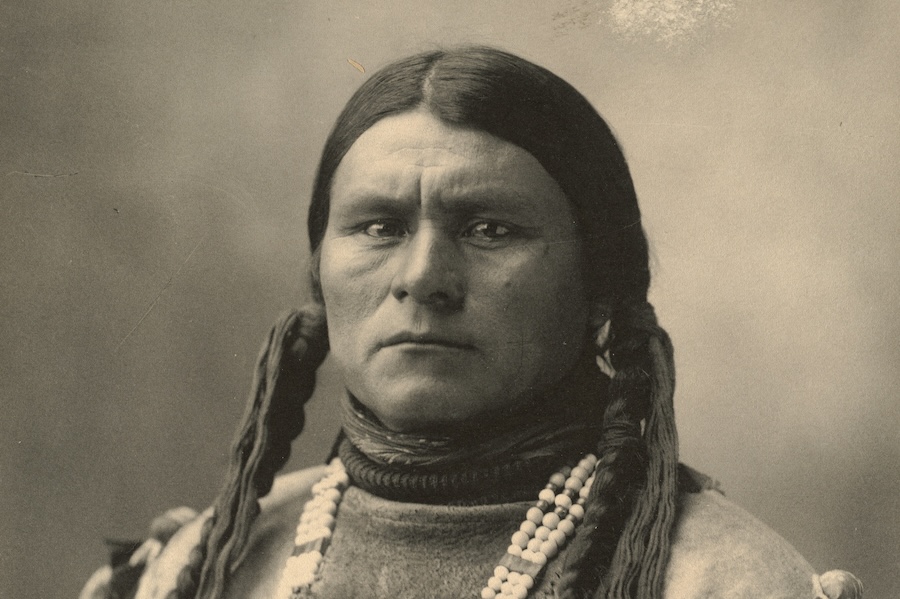
Can you think of another set of ethnic groups that aren’t as bearded?
East Asians, right?
That’s not an accident. If you’ve ever thought that Native Americans contain more than a passing resemblance to East Asians, you’re not wrong. They’re both descended from a shared population that split roughly 23,000 to 26,000 years ago during the Upper Paleolithic.
The Native Americans went on to battle ferocious cave bears as they crossed the ice bridge into North America, and the East Asians settled in the fertile river lands and islands of China, Korea, and Japan.
What’s the Reason for the Difference?
The big question is, why would some population grow thinner, sparser beards?
Well, if Native Americans and East Asians share a history in northeast Asia (and everyone else has thicker beards), the answer must lie there. And it does!
That region was extremely cold. You might think that’d increase hair production. But thick body hair isn’t that beneficial to humans — we rely on clothing and fat insulation.
Hence, the selection for smooth, low-hair skin, which:
- Allows tighter-fitting clothing (furs, hides) with less irritation or snagging.
- Reduces moisture loss and frostbite risk by keeping the skin surface smoother.
- Minimizes parasite load (lice, mites) under layers of clothing and bedding — a big advantage in cold, communal environments.
There’s also vitamin D. It’s produced when the skin is exposed to sunlight and is crucial for bone strength. Beards cover up the face skin, one of the few areas exposed to the light in cold climates. Growing less facial hair maximizes light absorption, promoting lighter skin and less facial hair. That’s not proven — but it’s an interesting theory.
Then Culture Takes Over
What starts in our genes soon becomes entrenched in our culture. Just as the hairy Viking began to prize beards, adorning them with ribbons and gold ringlets, so the Native Americans shunned facial hair.
Traditionally, many Native men plucked or scraped facial hair with shells or tweezers. For example:
- Among the Lakota and Cheyenne, men often removed facial hair to maintain a smooth appearance, which was associated with discipline and composure.
- Some Navajo and Apache warriors grew short, neat mustaches or chin hair — but it was relatively rare.
What natural selection began, sexual selection set in stone. Women brought up among each tribe’s beauty norms would have preferred clean-shaven men. These were regarded as the peak of masculinity.
Which raises an interesting point. What on earth did they make of the hairy Europeans who came marauding across the Atlantic?
What Did Native Americans Think of European Beards?
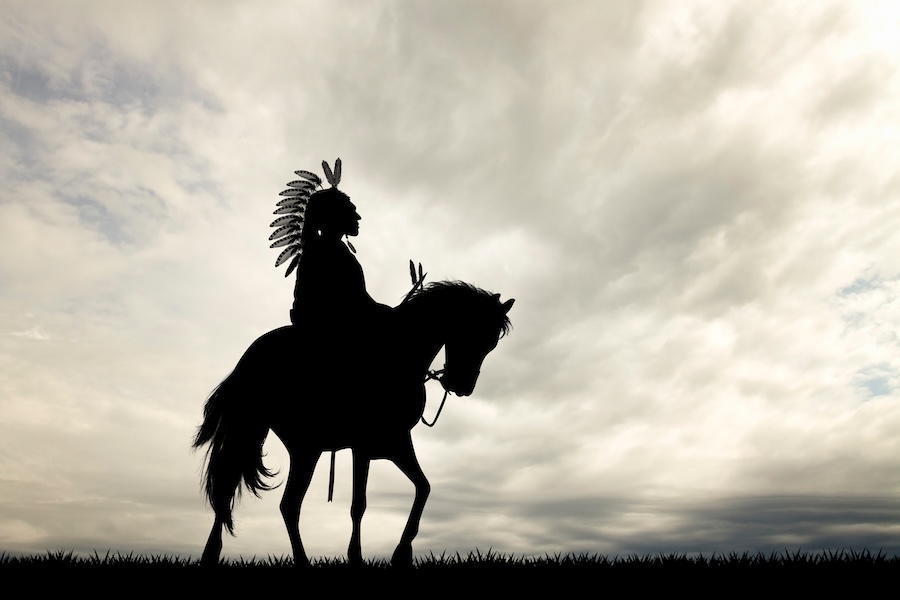
We often talk about Europeans considering Native Americans “savages” or “primitive.” What we never mention is that this was a two-way street. Sure, one side had a technological advantage over the other. But Native Americans were immediately awed by the European counterparts.
When the Spanish first rocked up in the Aztec Empire, one of the biggest differences was the full beards and mustaches. After a few weeks in the dense jungles, these often become a little wilder and more rugged.
Small wonder the Native observed and described them as animal-like or uncivilized (and that’s without mentioning lice-ridden). In fact, early Spanish chroniclers recorded Caribbean and Mesoamerican people calling them “men with faces like dogs” or “faces covered in moss.”
Further north, the Eastern Woodlands peoples, like the Powhatan and Wampanoag, thought English settlers were dirty or wild due to their beards. On the Plains, the presence of facial hair was simply an oddity. And among the Cherokee and Creek, beards weren’t associated with manliness, but old age — the young and vigorous had smooth faces.
Native Americans and Beard Today
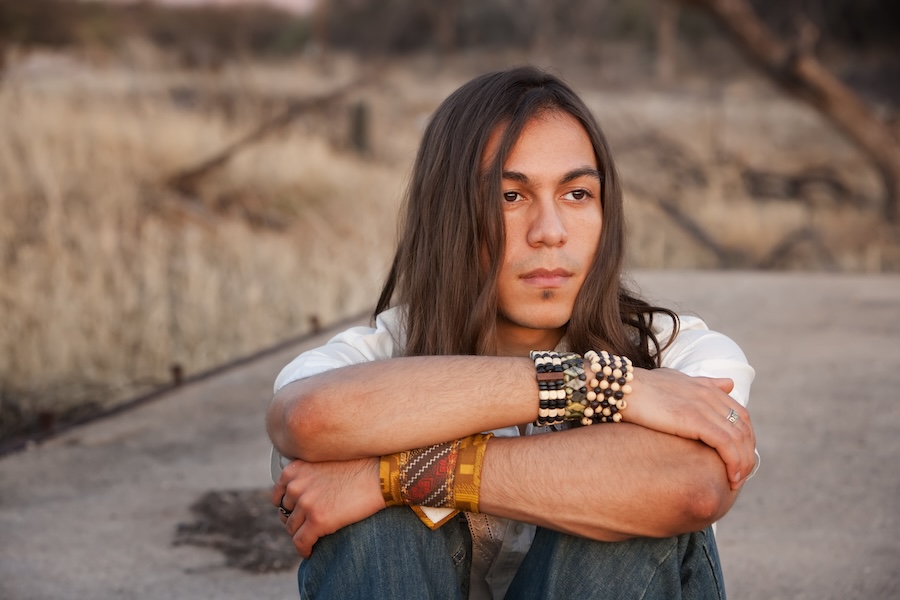
Modern Native Americans aren’t homogeneous. While European ideas (now having evolved in the new lands) are a definite influence, most Native men still prefer a clean-shaven or neatly-trimmed look. However, you can see everything from full beards to light goatees to smooth faces.
There’s also been a lot of intermarriage. Many Natives today have genes from much of the rest of the world, introducing facial hair. The beard, once a foreign curiosity, has become just another expression of personality.
Because strength and masculinity were never about the hair on your face. They were, and still are, about discipline, honor, and the courage to stand as yourself.
Read Next:
- Beard Styles of the American Frontier
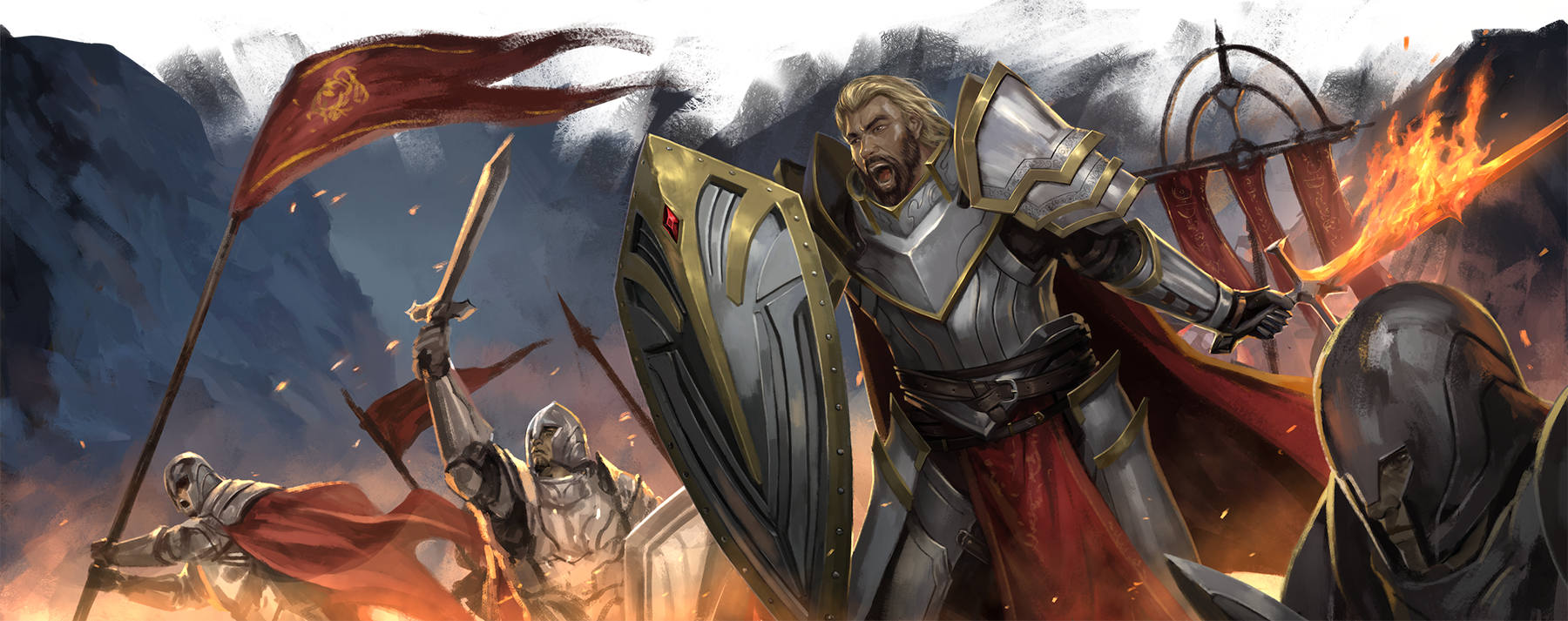
No comments yet…